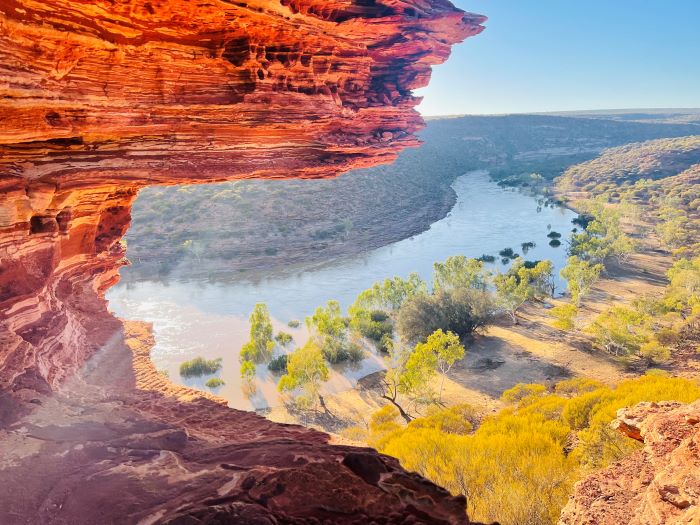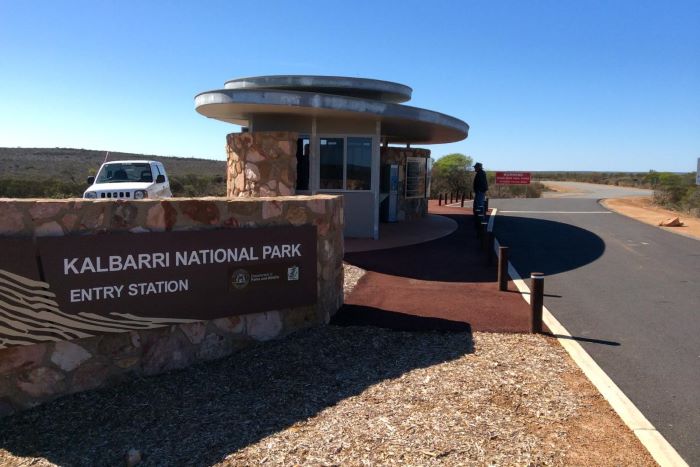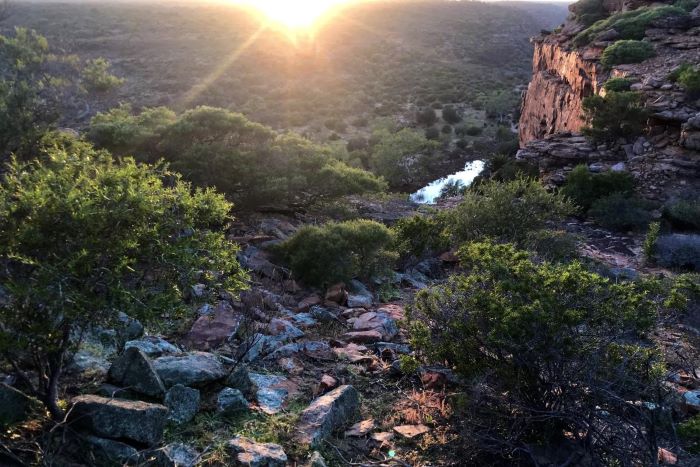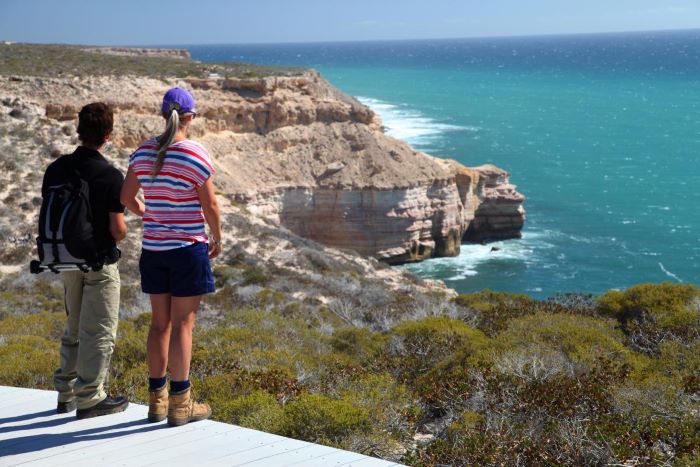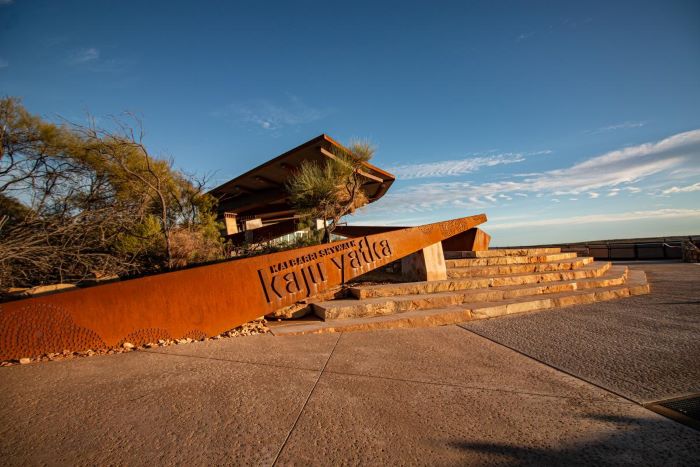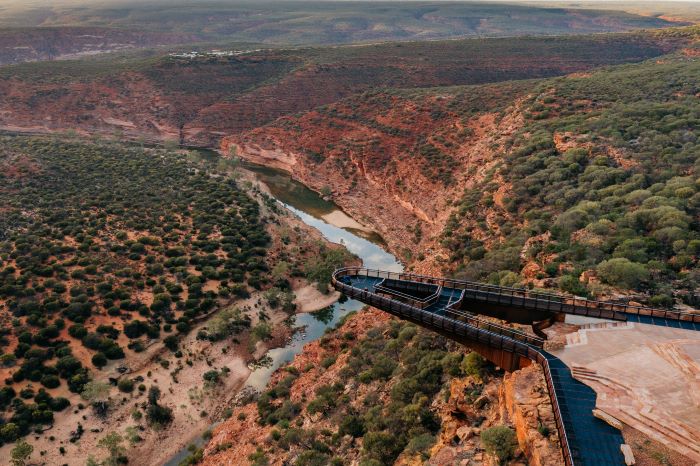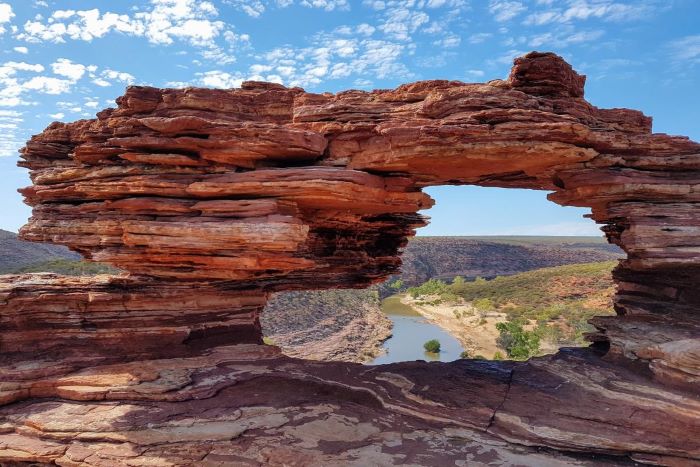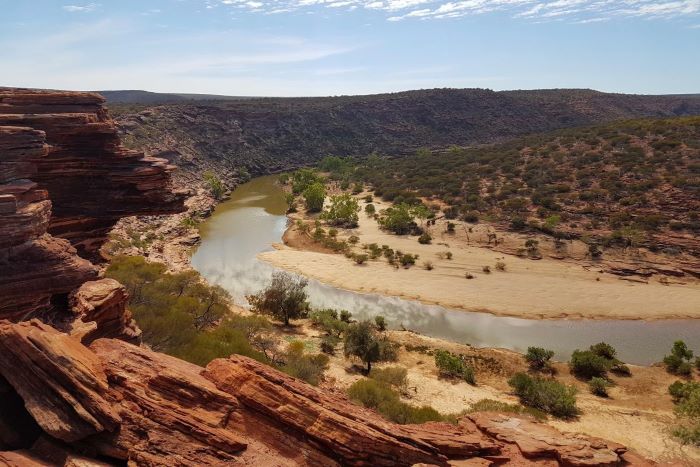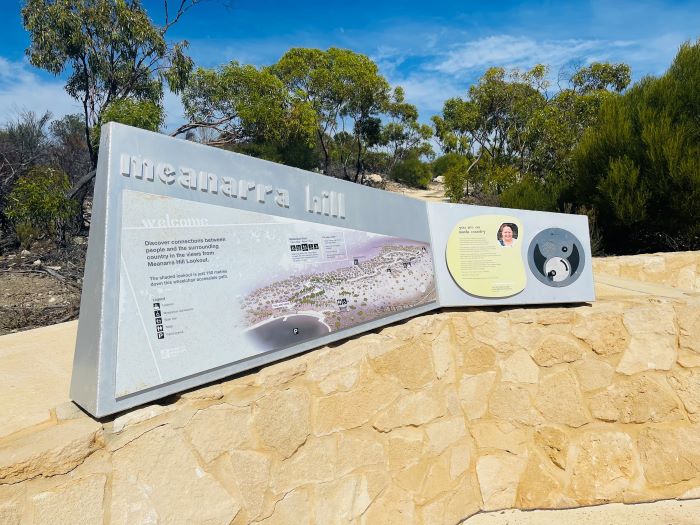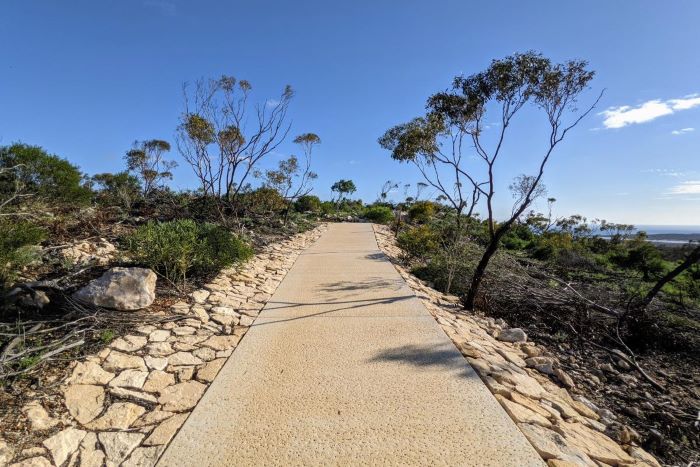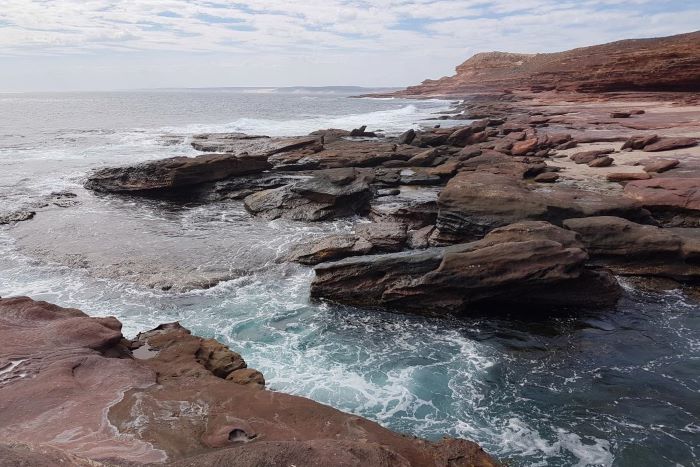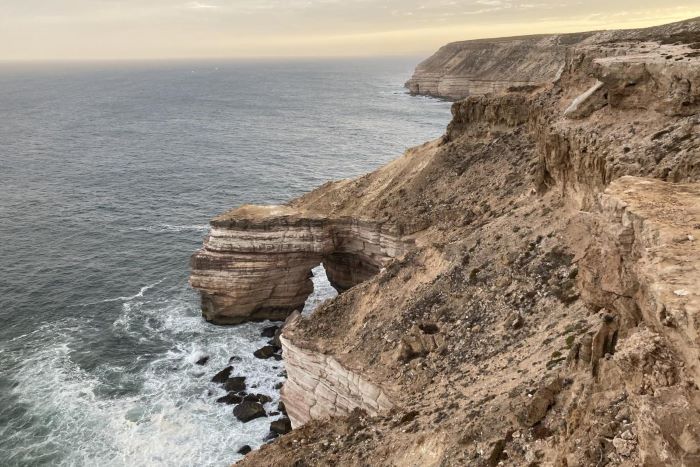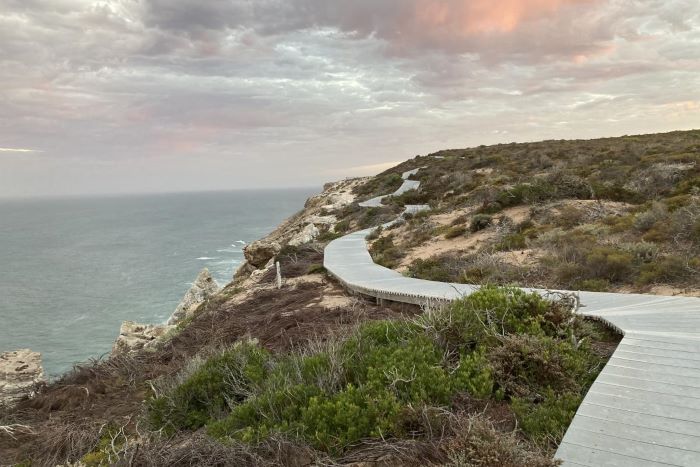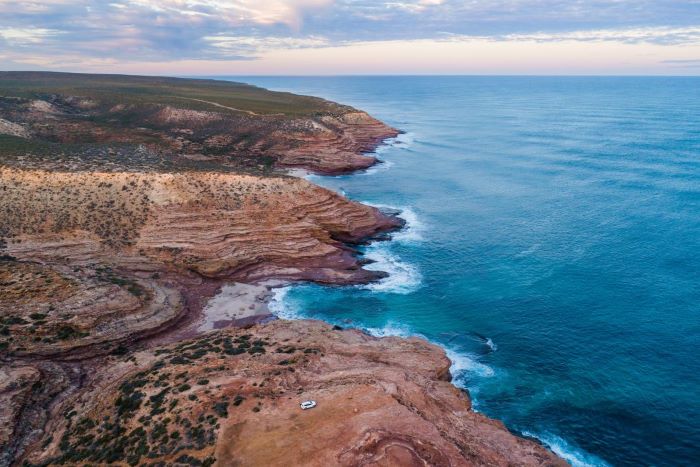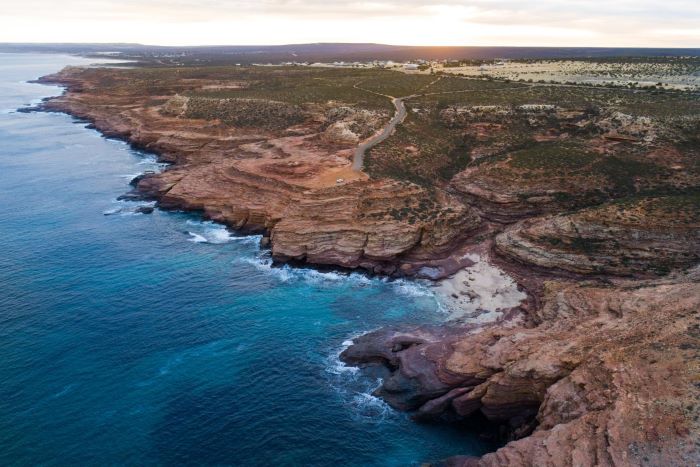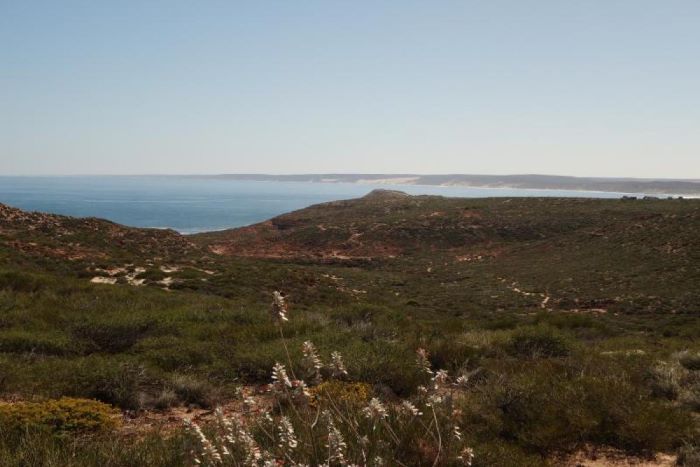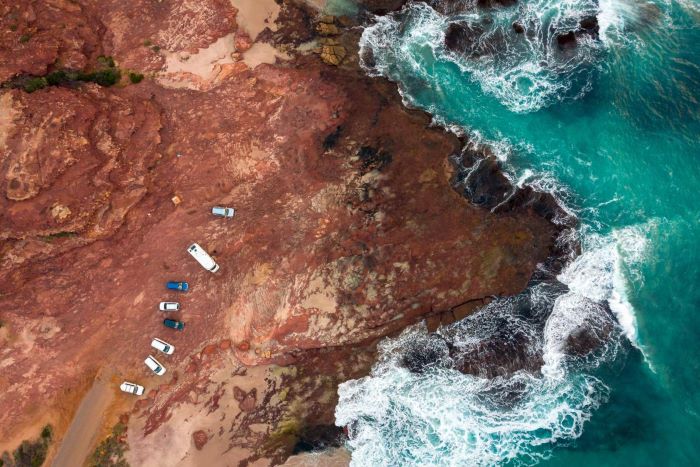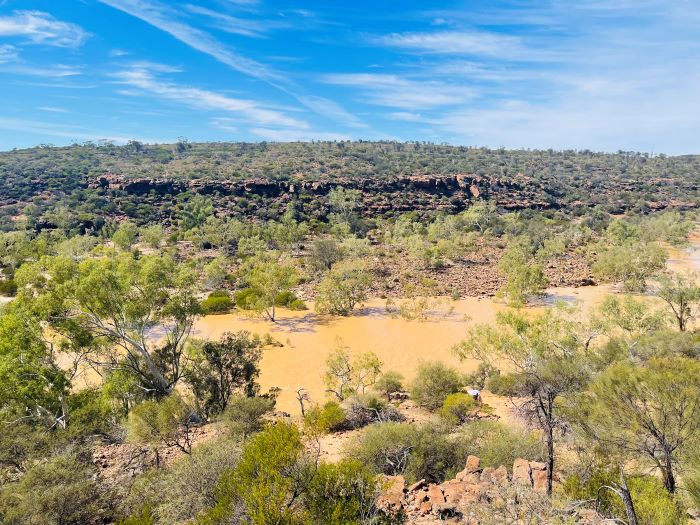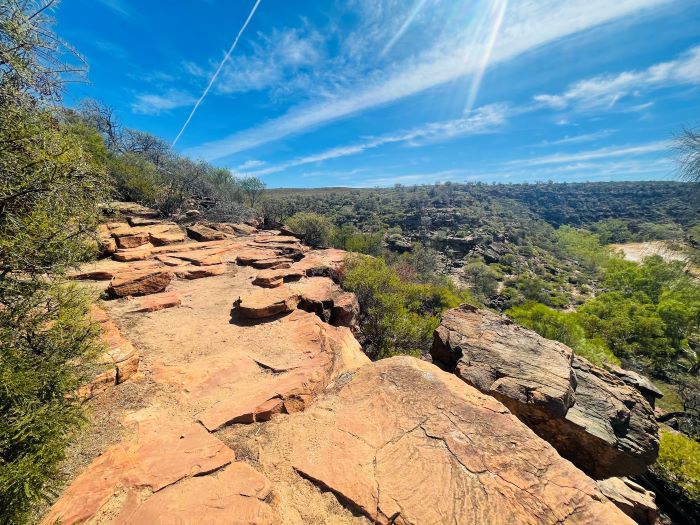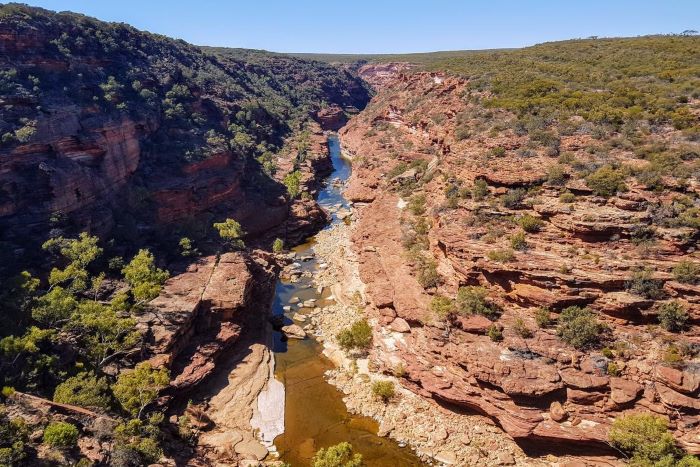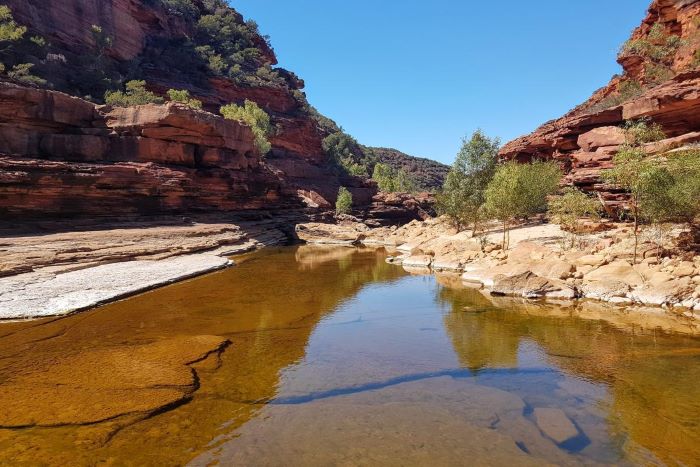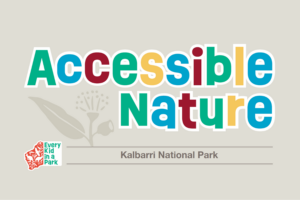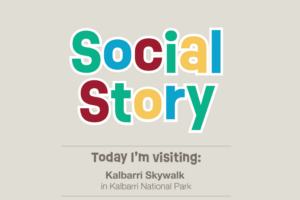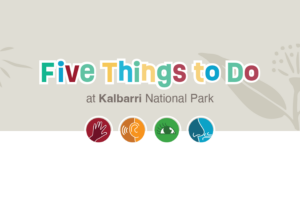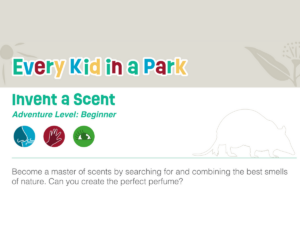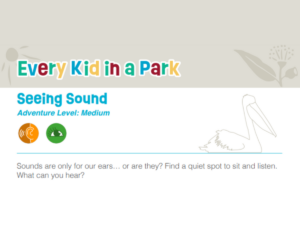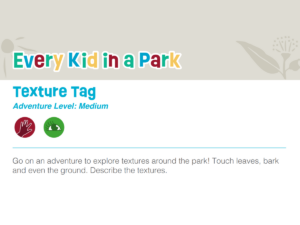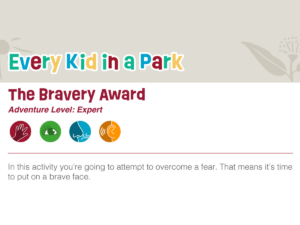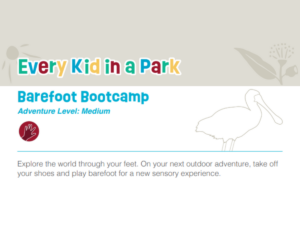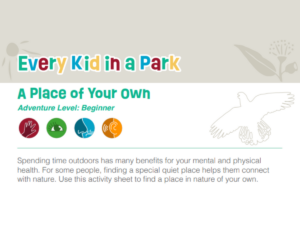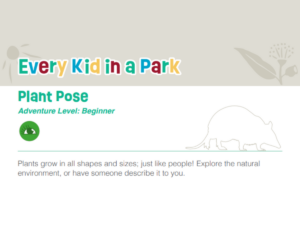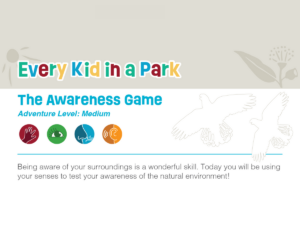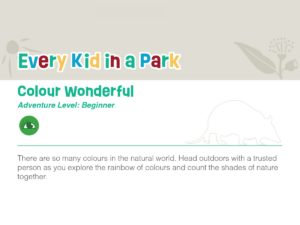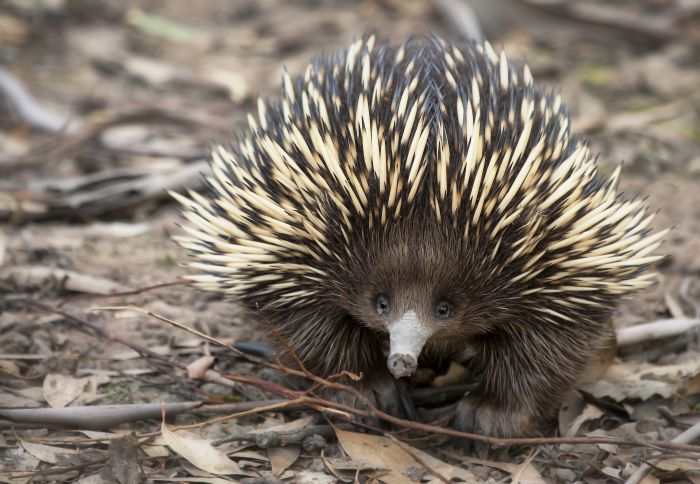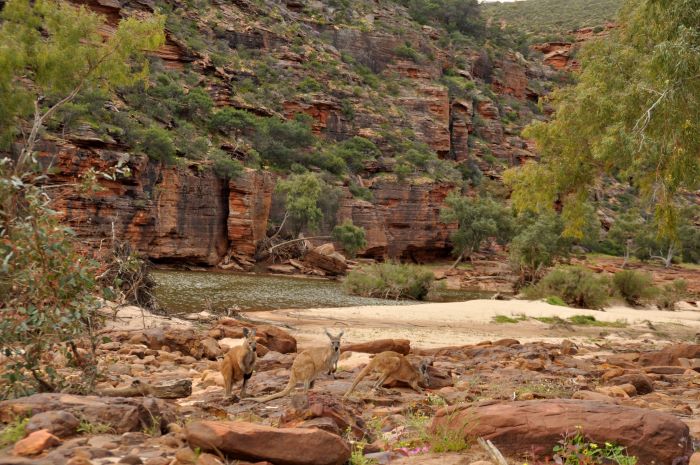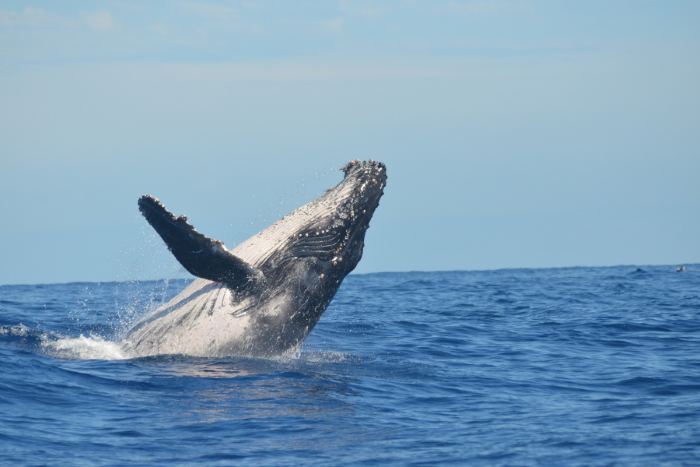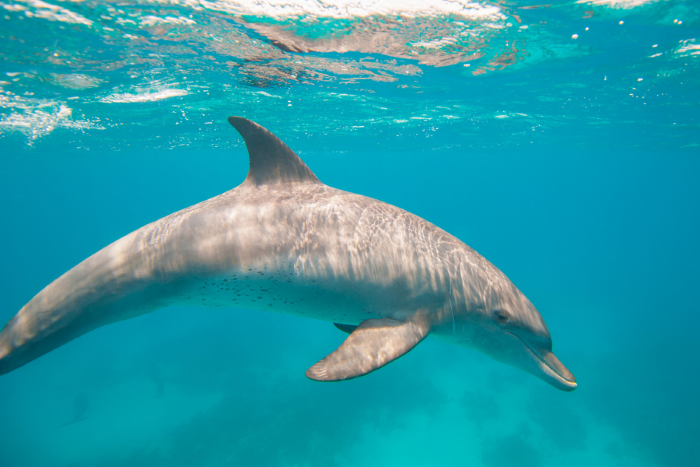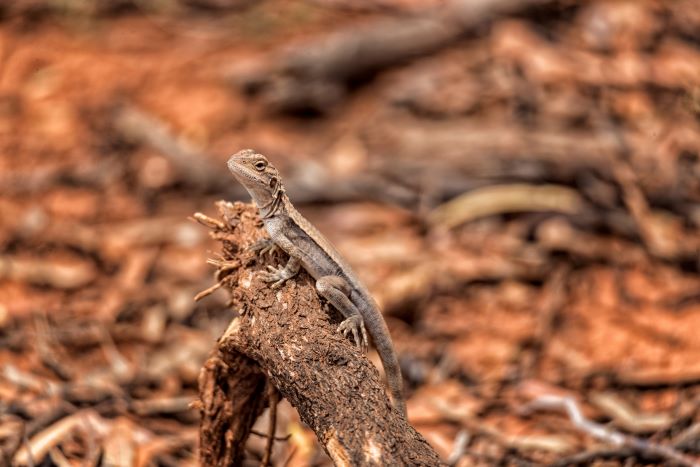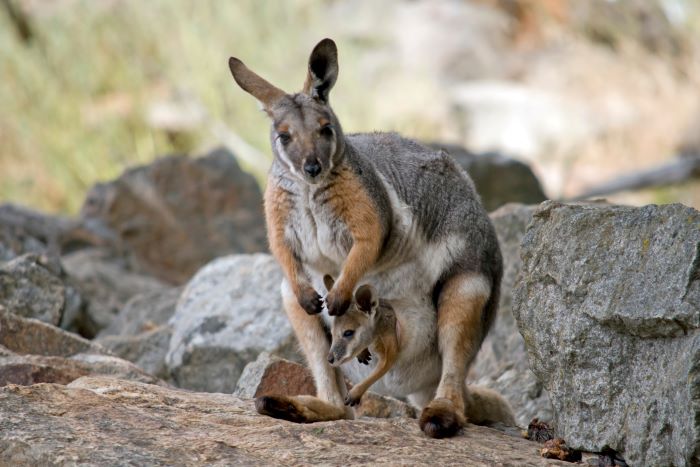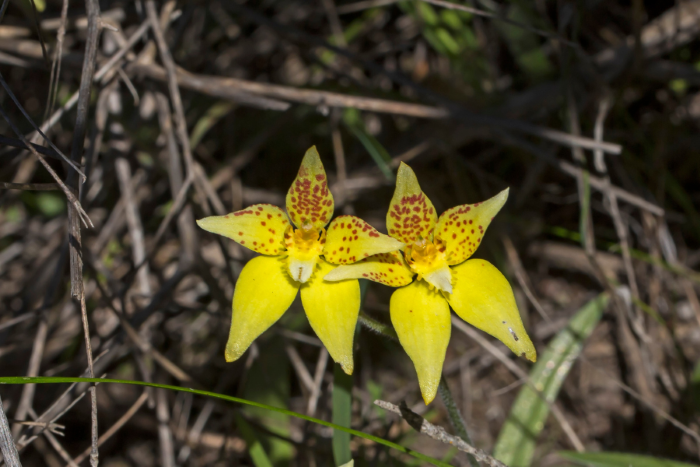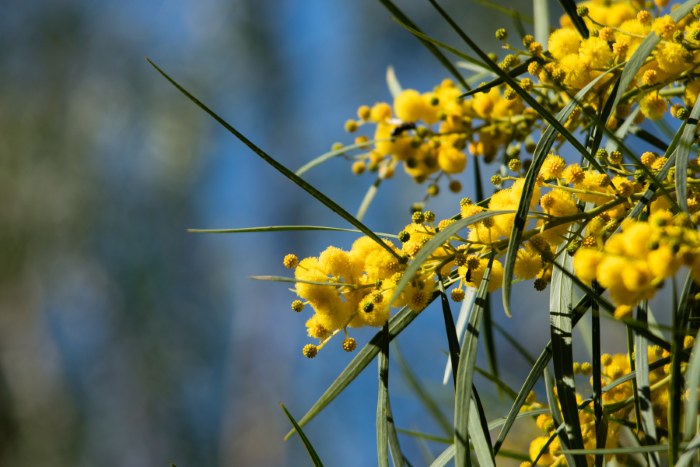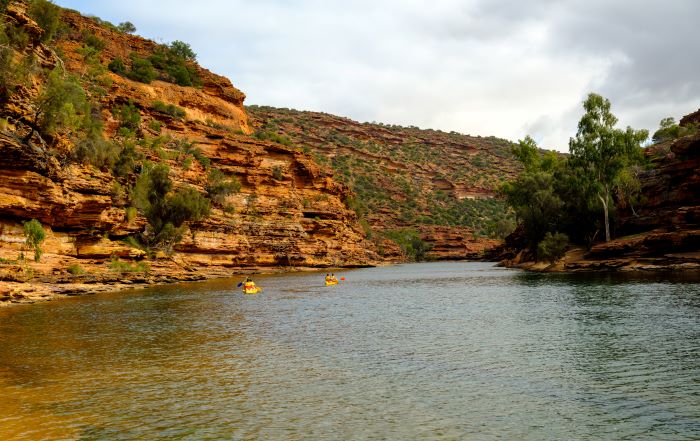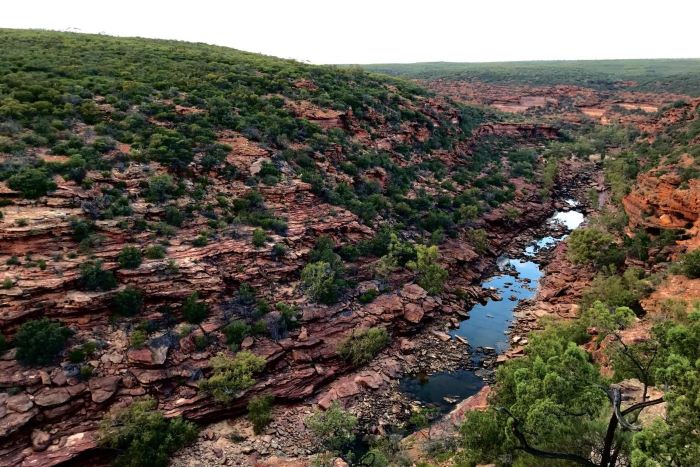Kalbarri National Park
Website Accessibility
For a more accessible experience of our website, you'll notice our Accessibility Tool in the corner of your screen. Click on the button to access the user-triggered customisations.
Cultural Recognition
We recognise and acknowledge the Nanda people as the traditional custodians of Kalbarri National Park.
Overview of Kalbarri National Park
Kalbarri National Park is one of Western Australia’s most popular national parks, and it’s not hard to see why!
The national park is just a short drive from the town of Kalbarri, and about six (6) hours north of Perth. The park comprises some incredible gorges, plenty of walk trails and the Murchison River, as well as some beautiful coastal locations.
Nature’s Window is one of Kalbarri’s most notable destinations, and features a wind-eroded opening in some sandstone that frames the river in the distance, making for a picturesque photo location. Just minutes away is the Kalbarri Skywalk – an exciting, wheelchair-accessible lookout which overhangs the gorge below.
Following the trails within the park is the best way to discover the unique landscapes, flora and fauna. Some of our favourites include the Red Bluff Lookout trail (especially at sunset), the Z Bend Lookout trail, the Natural Bridge to Island Rock trail, and the Hawks Head Lookout, where you’ll have the chance to spot some rock wallabies!
Kalbarri National Park can be easily accessed by two-wheel-drive vehicles, with sealed roads and carparks at most points of interest. Pets are not permitted in this national park.
Make sure you read our Safety section for more information on preparing for your visit to Kalbarri National Park.
Fees apply for entry into Kalbarri National Park, which contribute to park management, including protection of the environment and the development and maintenance of visitor services and facilities.
Cost of Entry*
Private vehicle with up to 12 occupants
- $17 per vehicle
- $10 per vehicle concession
Private vehicle with more than 12 occupants
- $8 per occupant 6 years or older
- $3.50 per occupant concession
Motorcycle
- $10 per motorbike
- No concession
No entry fee applies if you walk or cycle into the park.
*Prices accurate as of January 2024, refer to the Explore Parks WA website for up to date pricing.
Download the Every Kid in a Park app to use the interpretive map featuring photographs and additional information about each point.
Points of Interest
Key points of interest include:
- Entry Station
- Hawks Head Lookout
- Island Rock
- Kalbarri Skywalk
- The Loop and Nature’s Window
- Meanarra Hill
- Mushroom Rock
- Natural Bridge
- Pot Alley
- Rainbow Valley
- Red Bluff
- Red Bluff Beach
- Ross Graham Lookout
- Shell House and Grandstand Rock
- Z Bend
Resources
Nature Play WA is currently creating fun and interactive resources for Kalbarri National Park. Throughout June, we will be releasing these resources to assist families in planning their visit to the park.
Every Kid in a Park Resources
Discover fun activities to do at any park!
Become a master of scents by searching for and combining the best smells of nature. Can you create the perfect perfume? This document is available to download as a PDF or Accessible Word version, to help you plan your visit. Download PDF version Download Accessible Word version
Sounds are only for our ears……. or are they? Find a quiet spot to sit and listen. What can you hear? Use this activity sheet to record and describe the sounds. This document is available to download here. Download your copy
Use this activity sheet to go on an adventure and explore textures around the park! Touch leaves, bark and even the ground, and describe the features. This document is available as a PDF and an Accessible Word version, to help you plan your visit. Download PDF Download Accessible Word version
With the help of this activity sheet, you’re going to attempt to overcome a fear. That means it’s time to put on a brave face! This document is available to download here. Download your copy
Explore the world through your feet with the help of this activity sheet. On your next outdoor adventure, take off your shoes and play barefoot for a new sensory experience! This document is available to download here. Download your copy
For some people, finding a special quiet place helps them connect to nature. Use this activity sheet to find a place in nature of your own. This document is available to download here. Download your copy
Plants grow in all shapes and sizes; just like people! Use this activity sheet to explore the natural environment, or have someone describe it to you. This document is available to download here. Download your copy
Find a good place to sit or lay down and watch the clouds in the sky. Take notice of their colours, textures and shapes, or have someone describe these to you. Use this activity sheet to create a story in the sky! This document is available to download here. Download your copy
Being aware of your surroundings is a wonderful skill. In this activity, you will be using your senses to test your awareness of the natural environment! This document is available to download here. Download your copy
There are so many colours in the natural world. In this activity, you’ll head outdoors with a trusted person as you explore the rainbow of colours and count the shades of nature together. This document is available to download here. Download your copy
Biodiversity
From ocean and coastline to gorges and plains, the biodiversity within Kalbarri National Park is unlike that of anywhere else!
Humpback whales and southern right whales can be spotted migrating along the coast from June to November. Sea eagles, sea gulls and cormorants occupy the skies, while bottlenose dolphins, common dolphins, baldchin gropers and western rock lobsters live in the ocean below.
To the east you may spy thorny devils, western bearded dragons and echidnas in the sandy plains. Western grey kangaroos, wallaroos and emus are commonly sighted about the park, and wedge-tailed eagles, Australian ringnecks, galahs and brown falcons soar over the gorges.
The black-flanked rock-wallaby is a unique marsupial with an interesting history! For decades, it was thought to be extinct in Kalbarri National Park, due to feral pests and predators. Then, in 2015, a pair of the wallabies were spotted in the park by some rock climbers, with a joey in tow! The population is now significantly rising – so make sure you keep an eye out for these gorgeous creatures!
Many vibrant wildflowers grow throughout Kalbarri National Park. Some to look out for include spreading coneflowers, pink pokers and Kalbarri catspaw, and orchids like the Kalbarri cowslip and greenhood. Wattles colour the landscape throughout the winter months.
Safety
We suggest taking time before your visit to read through the safety information. We recommend visiting the Explore Parks WA website to plan when to visit Kalbarri National Park.
Kalbarri National Park is a great place for bushwalking. Before you head out in nature, visit the Explore Parks WA website for tips on bushwalking safety.
We recommend following these key points to ensure you:
- Do not walk long trails in hot weather.
- The Loop Trail is closed from 7am between November and March (inclusive) and overnight hikes are not permitted during this period.
- Carry and drink 3 to 4 litres of water per person per day. No drinking water is available in the national park.
- Wear a hat and sturdy footwear.
- Always walk with a companion.
- Tell someone where you’re going and when you’ll be back.
- Make sure you have the Emergency Plus app on your phone.
- Check the weather forecast before departing.
- Remember that temperatures in the gorge can be 10 degrees hotter than in town.
- Temperatures can exceed 40 degrees in summer. We recommend visiting during the cooler months (April – November).
In Kalbarri National Park, reptiles may emerge to bask in the sun. During this time, you can take these precautions to minimise the chance of encountering snakes:
- Take care in bushland and grassy areas.
- Walk in cleared areas only, where you can see the ground, and keep to established tracks.
- Wear enclosed footwear.
Conservation
Kalbarri National Park is an important location to the Nanda people, and home to many plants and animals. Follow the tips below to assist in the protection of the Kalbarri National Park environment.
- Only follow marked walk trails and roads.
- Leave no trace. Ensure all food and rubbish is contained and out of reach of wildlife, and take all belongings with you when you leave.
- There are no campsites available within Kalbarri National Park. Only camp in designated sites in Kalbarri town.
- Do not feed wildlife.
- Do not disturb or displace plants and animals.
Acknowledgements
Visit the Explore Parks WA website for more information about Kalbarri National Park.
Nature Play WA would like to thank the Department of Biodiversity, Conservation and Attractions for providing valuable information about Kalbarri National Park.

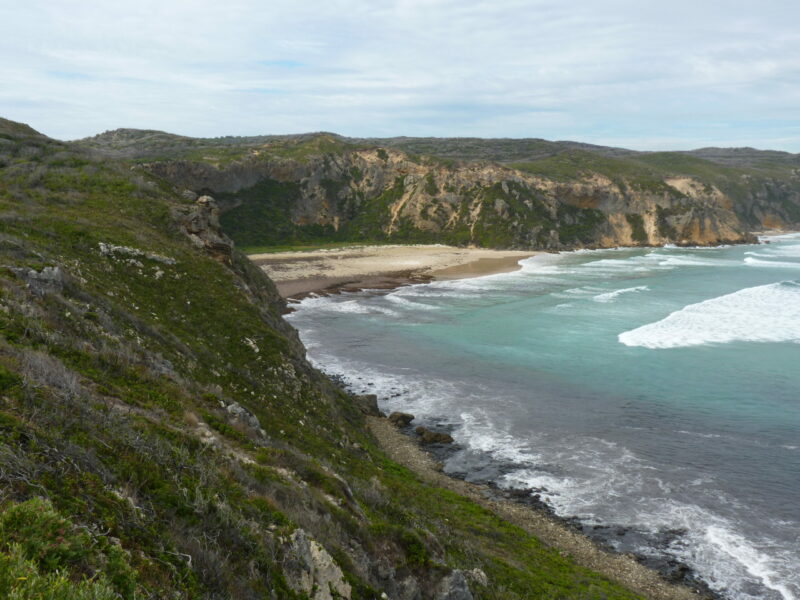
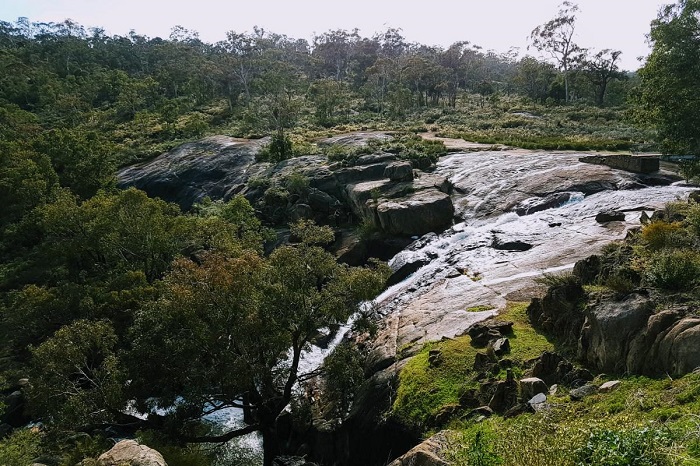 Empty heading
Empty heading